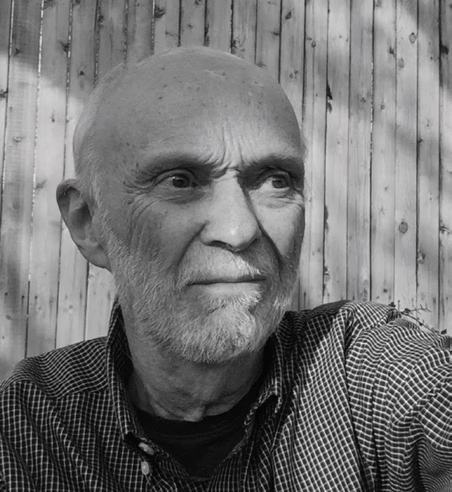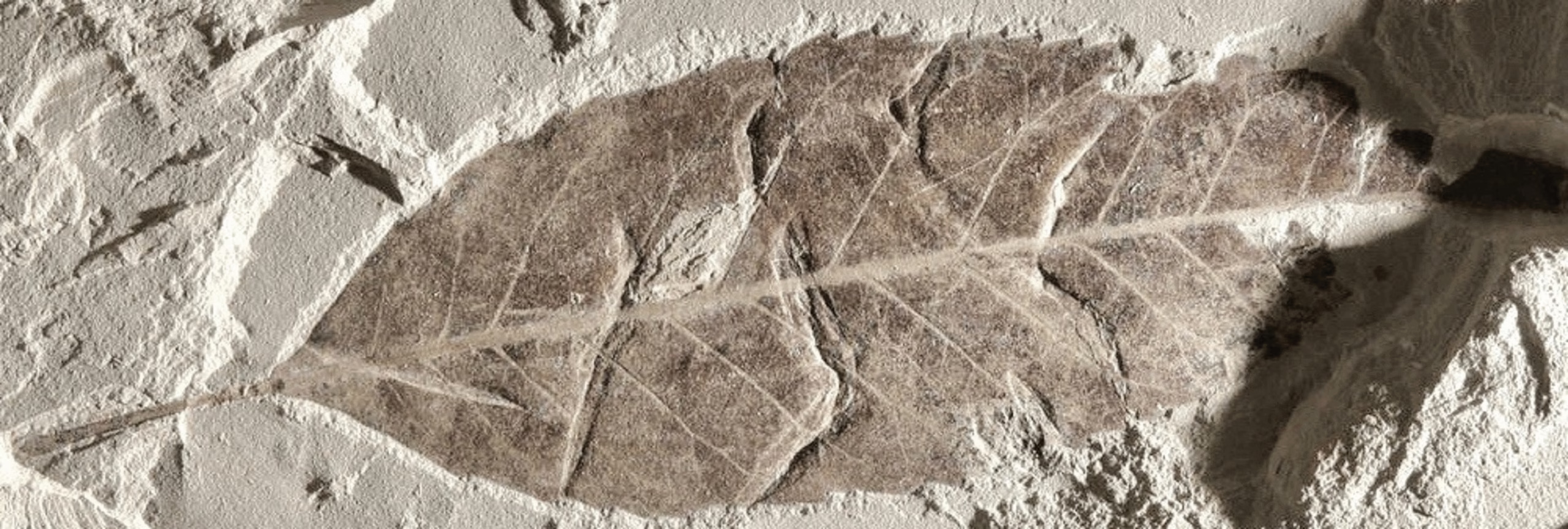Loren Eiseley, 1907–1977, Biologist and Paleontologist; Benjamin Franklin Professor of Anthropology and the History of Science, University of Pennsylvania
Norman Crowe
University of Notre Dame and University of New Mexico

Norman Crowe is Emeritus Professor, University of Notre Dame and Adjunct Professor,University of New Mexico. His publications include Nature and the Idea of a Man-madeWorld (1995); Building Cities: Towards a Civil Society and a Sustainable Environment (coeditor, 1999); and Visual Notes: For Architects and Designers (co-author, 2011). He is an architect and Founding Director of Graduate Studies in Architecture, University of Notre Dame. He has taught special programs in Japan, Portugal, Lebanon, and Italy, and has worked as an architect in the U.S. and Sweden. He is currently working on a book titled,The Second Transition: Cities in the Anthropocene.
Linguists have a word for the power of language:displacement. It is the way by which man came to survive in nature. It is also the method by which he created and entered his second world,the realm that now encloses him. In addition it is the primary instrument by which he developed a means to leave the planet earth. It is a very mysterious achievement whose source is none other than the ghostly symbols moving among the ramifying pathways of the human cortex, the gray enfolded matter of the brain.
Loren Eiseley, The Invisible Pyramid, p. 144
Loren Eiseley saw displacement as central to the human condition. While other creatures slowly evolve to meet changing conditions of habitats within which they live, nature developed the brain of homo sapiens to reach beyond incremental evolutionary adjustments, thereby fostering environmental adaptation through the medium of culture.This paper selects quotations from Eiseley’s remarkably poetic writings to demonstrate his argument that human evolution has displaced us from an innate and existential sense of nature, thereby creating environmental problems that have come to haunt us today.
Eiseley’s perspective on human existence is one of both wonder and melancholy. We are capable of envisioning a future or a place that does not yet exist—we can look with wonder and awe upon the cosmos and our place in it, but
at the same time we sense that we are for all practical purposes alone in the frightening vastness of that cosmos, creatures who live at its mercy and whose time is finite. We are in effect displaced in time and place so we seek instead to achieve stasis by constructing environments that provide for us a second world within the world of nature.(Fig. 1)
Yet while we are displaced from our natural origins by the miracle of our minds, intuitive sensibilities deeply rooted in our evolutionary journey drive us to love the earth where we evolved. Even to find it, ultimately, sacred. Eiseley was moved in particular by the crew of Apollo 13 who sought to return their spacecraft to earth, even if it meant they would burn up in earth’s atmosphere.(Fig. 2)
Since the onset of the Neolithic age we have established our sense of belonging by building environments that anchor our place on the surface of the planet—from houses to neighborhoods, to cities and towns, and on to nation-states with specific boundaries we are willing to fight over. But if familiar places on earth radically change due to rising sea levels, uncustomary weather patterns and other conditions brought on by climate change, places regarded as home to individuals will tend to become increasingly alien, in a sense displacing their populations in place. Eiseley stressed that we must seek ways to live more fully in both worlds, the world of nature and the world of our own making if we areto solve problems caused by our evolutionary displacement from nature. But if nature itself becomes all the more unreliable, to what may we turn?

Loren Eiseley, The Firmament of Time, p. 56.

Loren Eiseley, The Invisible Pyramid, p. 156.

Loren Eiseley, The Invisible Pyramid, p.154.

Awareness of nature and its importance to us will become increasingly acute in the coming decades and efforts to confront the psychological effects of climate change and actual physical displacement caused by it will increase. Climate change itself is forcing us to recognize the presence, importance, and power that nature has on our “second world”,while it is our second world that is responsible for global change and environmental degradation in the first place.The construction of dikes and higher and higher sea walls and storm protectors, and modifying agricultural practices to meet climate change while at the same time reinforcing buildings to resist increasingly violent storm events, may hold the line temporarily but it is recognition of our role in changing nature itself that is critical. Or, as Eiseley put it:“ .. . man’s counting numbers and his technological power to pollute his environment reveal a single demanding necessity: the necessity for him consciously to reenter the preserve,for his own safety, the first world from which he originally emerged. His second world, drawn from his own brain, has brought him far, but it cannot take him out of nature, nor can he live by escaping into his second world alone. He must now incorporate from the wisdom of the axial thinkers an ethic not alone directed toward his fellows, but extended to the living world around him.” (Fig. 3)
Conclusions
It is obvious that the issues Eiseley grappled with are now well known and his concerns substantially verified. His continuing contribution however,
I believe, has to do with bringing together an understanding that combines science and a sense of nature as transcendent, even sacred, which he made especially convincing through the poetic quality of his prose. Of course Eiseley is not alone in encouraging a return to a transcendent nature of one sort or another. Other Scientists, including Edward O. Wilson and James Lovelock, as well as more ancient observers such as the Ionian Greek philosopher of nature, Anaximander, have argued for a holistic understanding of nature, aided by a sense of the transcendent.But Eiseley is perhaps for our time the most emphatic in that.Authors of the most definitive book on Eiseley’s writing and thought, Leslie Gerber and Margaret McFadden, described it this way: “[Eiseley] never sought to work [his ideas] into a rounded, defensible argument, because . . . he cherished the poet’s freedom to explore, speculate, and self-contradict. .. . [His] innate pessimism warred—often successfully—with his quest for a ground of hope. Although the clarity, order,and precision of his work suffered thereby, he was able to produce some writings that are startlingly rich and endlessly suggestive. . . . A great mystic, Loren Eiseley provides us not only with superb meditational literature but also, in a few cases, with pure experiences of self-transcendence.” 1
Today as we consider our innate displacement from nature—or as Eiseley described it, a sensibility emanating from“the ghostly symbols moving among the ramifying pathways of the human cortex”—we are reminded that science provides
the evidence and reveals ever-present realities, but only in partnership with a transcendent sense of nature are we sufficiently motivated to act. In other words, our survival is dependent on a transcendent interpretation of nature, as in Eiseley’s reflections on the astronauts of Apollo 13 and their quest to return “home”.(Fig. 4)
Above-left: “The Urban Transect” by Duany Plater-ZyberkCo., and Congress for the New Urbanism; Above-right: urban design including tree-planting scheme for Harbor Point,Stamford, Connecticut, by Sasaki Associates; Lower left: roof planting diagram, by Sasaki Associates; Lower right: street design for vehicular and pedestrian use, with tree-lines,for Jackson-Taylor Neighborhood San Jose, California, by Calthorpe Associates.
Such practices and devices that have risen to the fore include the urban transect as an analytical tool from the Congress for the New Urbanism, derived from the practice of analyzing natural habitats, a method employed by biologists and therefore which bears a direct connection to nature and evolution through analogy. Another is the incorporation of
landscape in cities as advocated recently by theorists who call the process “landscape urbanism” a newly upgraded practice recalling proposals and projects by Fredrick Law Olmsted and Eugene Barron Haussmann more than a century ago. All such things may be regarded as measures that recognize that homo sapiens, to quote Eiseley, “must now incorporate from the wisdom of the axial thinkers an ethic not alone directed toward his fellows, but extended to the living world around him.”
Reflecting on the future of man late one night from his home in Philadelphia, he wrote:
In the Heart of the city I have heard the wild geese crying on the pathways that lie over a vanished forest. Nature has not changed the force that drives them. Man, too, isa different expression of that natural force. He has fought this way from the sea’s depths to Palomar Mountain. He has mastered the plague. Now, in some final Armageddon, he confronts himself.
Loren Eiseley, The Invisible Pyramid
1. Gerber and McFadden, Loren Eiseley, p. 54
References cited and/or referenced in text
- Leslie E. Gerber and Margaret McFadden, Loren Eiseley, (New York: Fredrick Unger
Publishing Co., 1983). - Loren Eiseley, The Firmament of Time, (New York: Atheneum Publishers, 1984).
- Loren Eiseley, The Star Thrower, (New York: Random House, 1978).
- Loren Eiseley, The Invisible Pyramid, (New York: Charles Scribner’s Sons,1970).
- Loren Eiseley, The Unexpected Universe, (New York: Harcourt, Brace & World, Inc., 1969).
Sources for Illustrations
Fig. 1: fossil leaf – (accessed 08-01-19, fm.: “Free Public Domain/CCO Images” >free-images.com<)
Fig. 2: view fm. International Space Station, courtesy NASA / (accessed 8-4-17 fm. Google Images).
Fig. 3: Stock photo ID: 147016254 / 06-23-12 / iStock, Getty Images (accessed for permission: 9-9-19).
Fig. 4: •Above-left: Congress for the New Urbansim and Duany Plater-Zyberk & Co.
•Above-right: Sasaki Associates, Sasaki: Intersection and Convergence (Gordon Goff, Publisher, ORO edition, 2009).
•Below-left: Sasaki Associates, Sasaki: Intersection and Convergence (Gordon Goff, Publisher, ORO edition, 2009).
•Below-right: Calthorpe Assoc., fm.: Peter Katz, The New Urbanism, 1994.
Published in 2A Magazine# 45, Summer 2020
